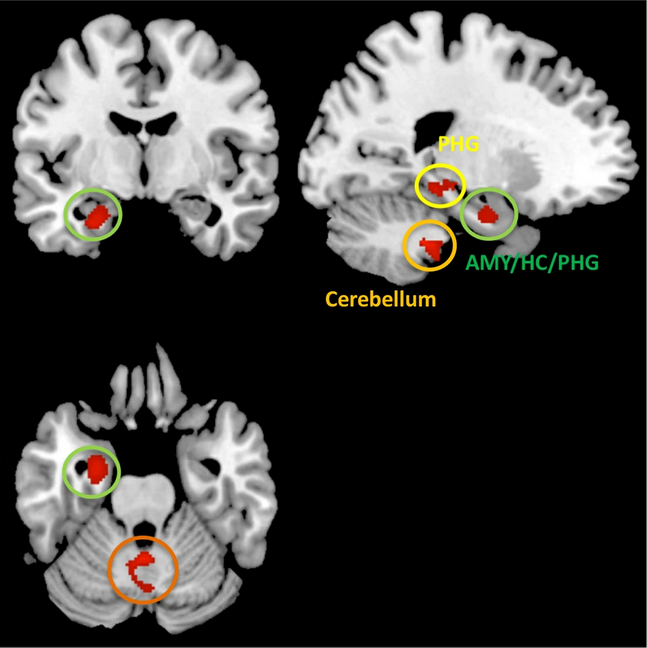This post is also available in Dutch.
We are already well into the new year and have left 2019 far behind. If you are Dutch, there is a good chance that you spent the last week of 2019 with family and friends while enjoying a few days off. But how often have you talked to your close relatives and friends since then? Some of them may live close by, so you can meet up every now and then. Others, however, you might mostly talk to on the phone. How often do you catch yourself thinking that you should have checked in on someone important to you?
Negative effects of loneliness
Deep down you surely already know that it is important to stay connected with friends and family. When social contacts fade away, we are at risk of feeling lonely. Loneliness, in turn, can impact physical as well as mental health in a negative way (e.g., higher blood pressure, worse sleep, higher risk of depression and worse cognition). However, the negative effects of loneliness do not stop there. Loneliness might also bring about changes in the structure of the brain, as a recent study from Berlin shows. In this study, researchers examined how loneliness relates to the structure of the brain in 319 older adults. Loneliness is commonly considered a problem in older adults, because many of us become more socially isolated as we get older (even though the story might be a bit more complicated). Therefore, the study examined people between the ages of 61 and 82. The participants filled out a questionnaire assessing how much and how often they experience loneliness and also underwent MRI scanning to measure the structure of their brains. The authors found that several brain regions were smaller in people who experienced more loneliness. Specifically, three parts of the brain generally were smaller in volume if perceived loneliness was higher: the left amygdala/anterior hippocampus (AMY/HC/PHG), the left posterior parahippocampus (PHG) and the left cerebellum. These regions play important roles in thinking and controlling our emotions.

Does loneliness cause changes in the brain?
The authors are not completely certain how to interpret their results. Does loneliness cause these brain areas to shrink, or are elderly people with fewer cells in these areas to begin with less inclined to seek social interaction? On the one hand, it is possible that the brain areas are engaged or stimulated very little in people with few social interactions, and therefore decrease in size. On the other hand, it could also be the case that social interaction is just less pleasurable for people with smaller amygdalae/hippocampi, parahippocampi and cerebellums, and so these people are less likely to seek out interactions. Both explanations could be true and one does not exclude the other.
Even though more research is necessary to determine whether loneliness can indeed cause changes in the brain, or if it is instead the result of a particular brain anatomy, having a social network is crucial for good health. So, why not call someone today who you haven’t heard from in a while?
Original language:
English
Author: Eva
Klimars
Buddy: Rebecca
Calcott
Editor: Mónica
Wagner
Translator: Wessel
Hieselaar
Editor Translation: Jill
Naaijen
